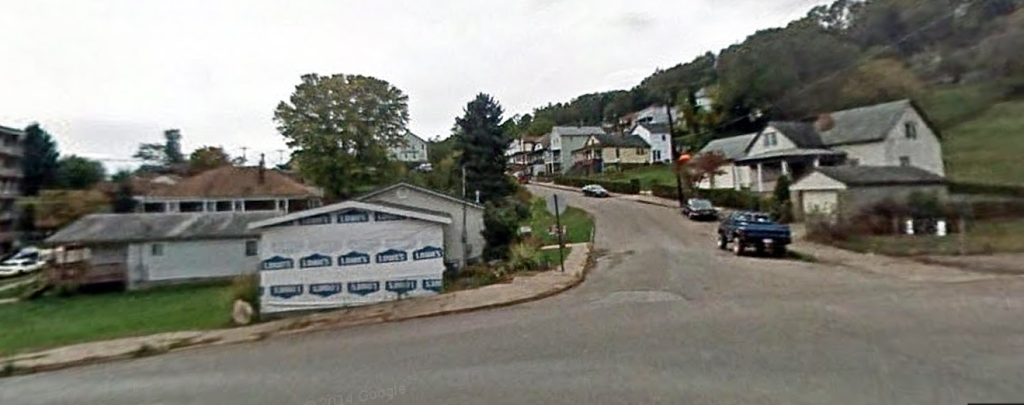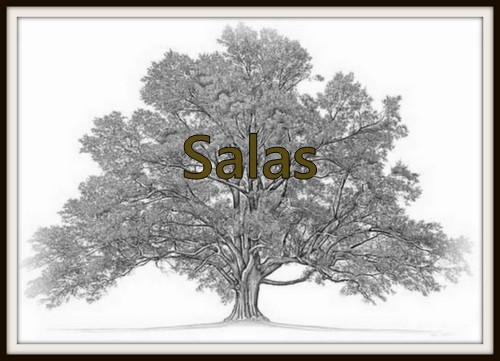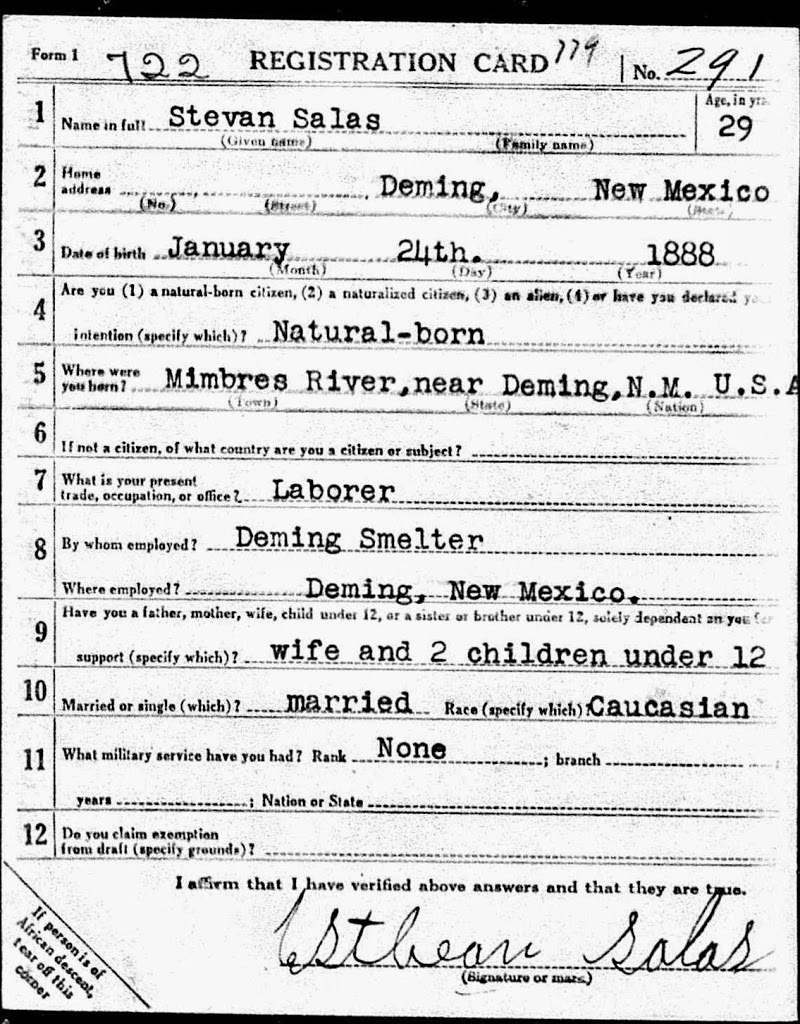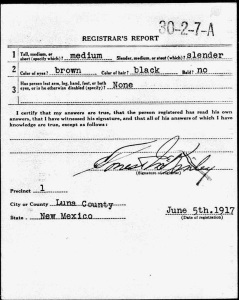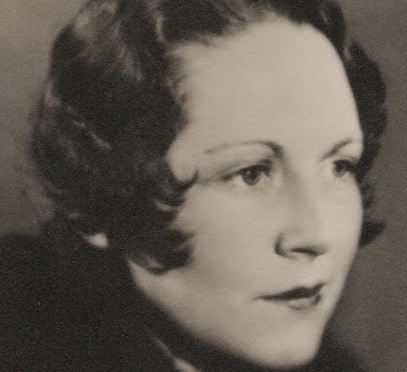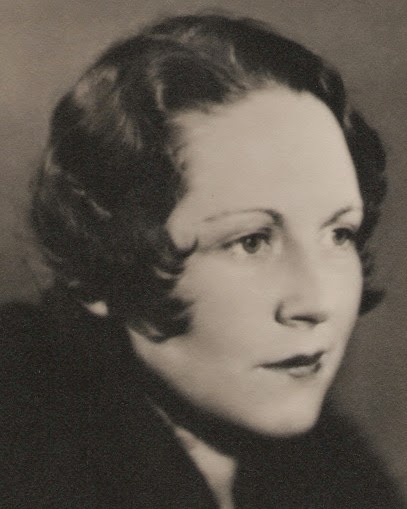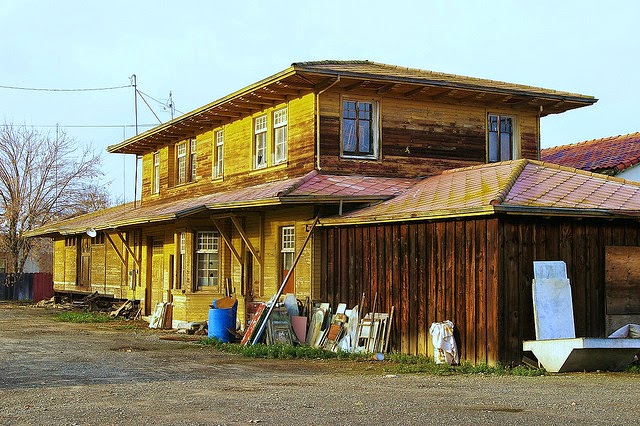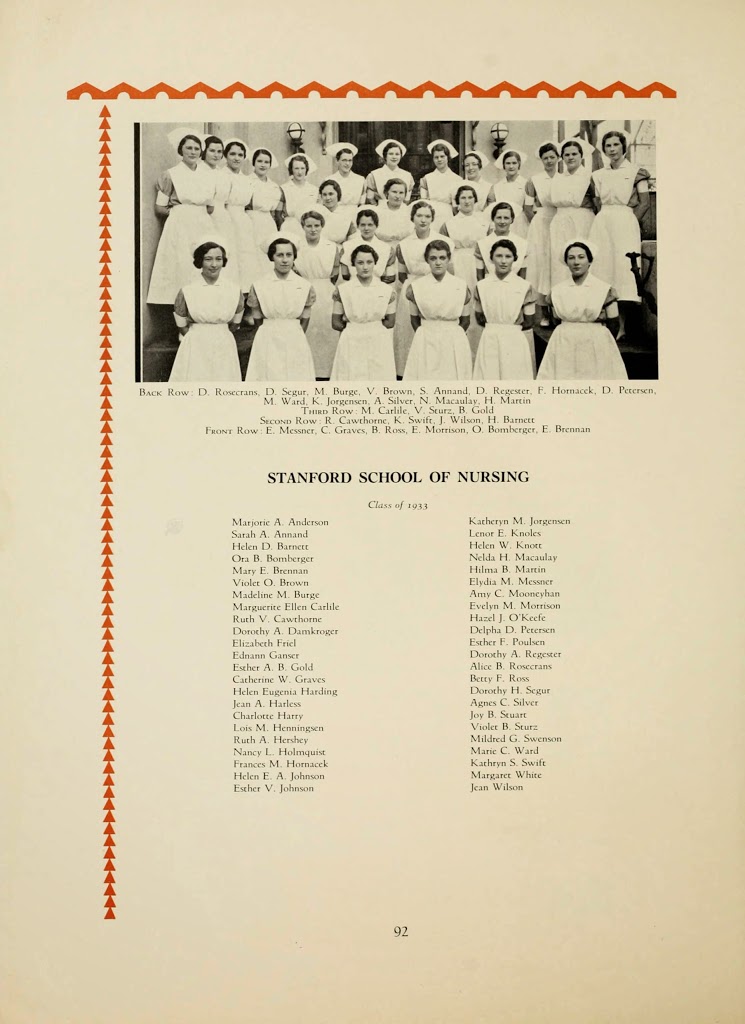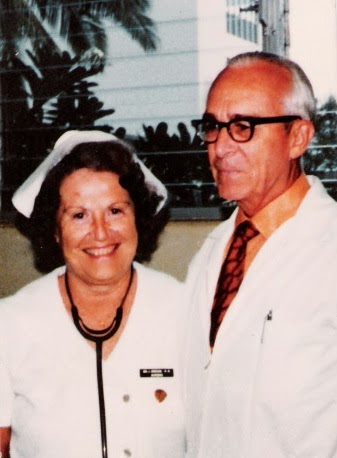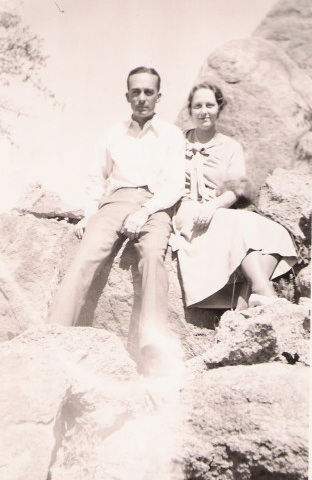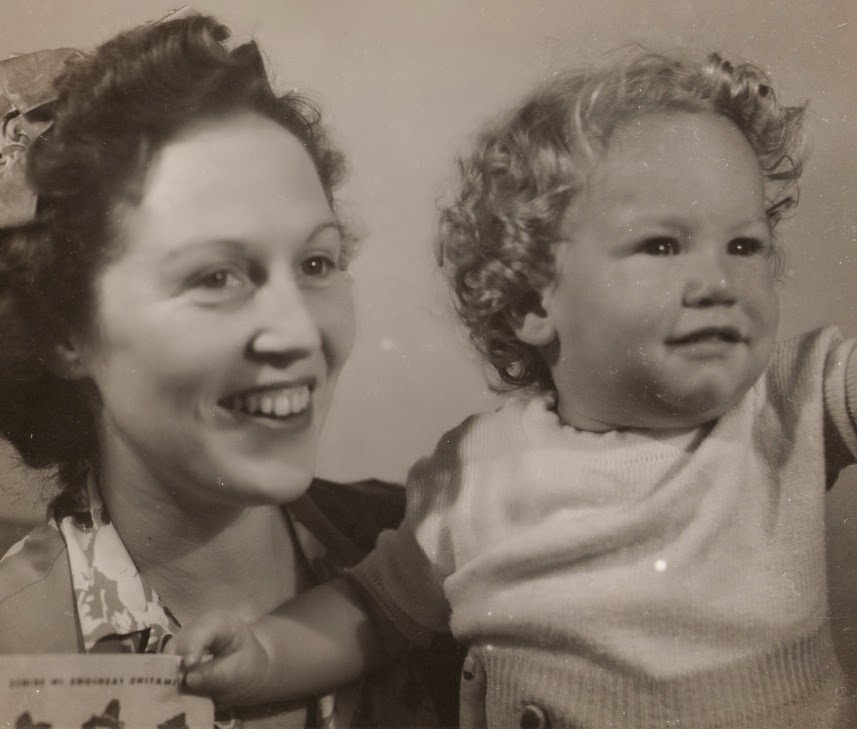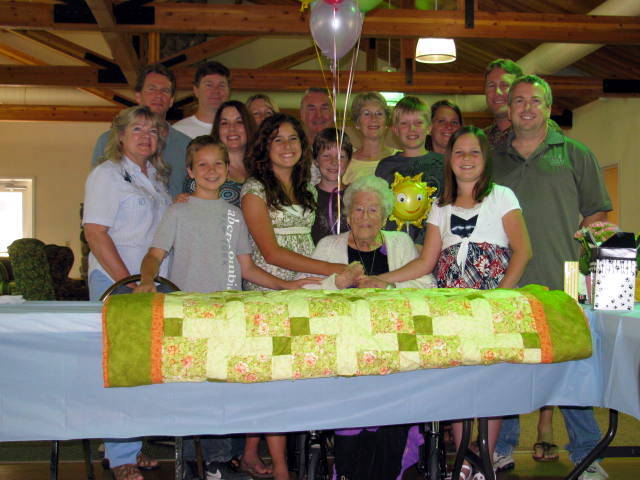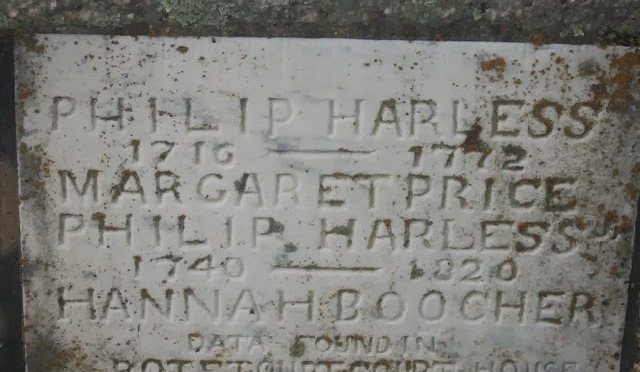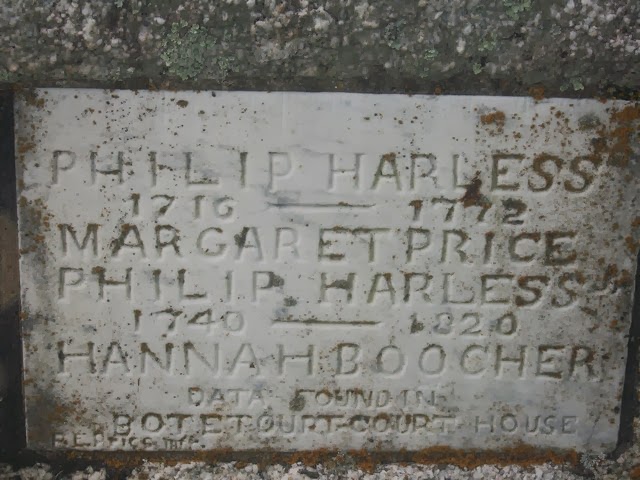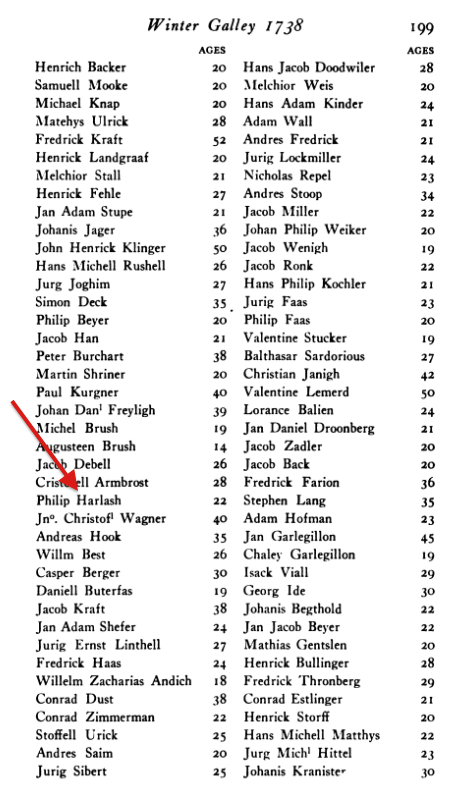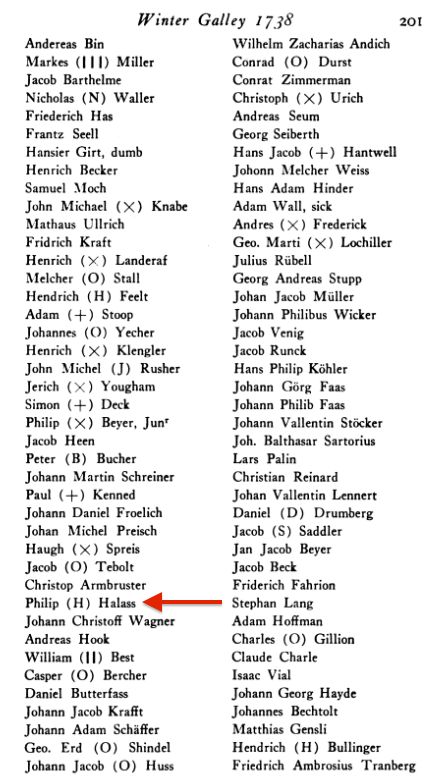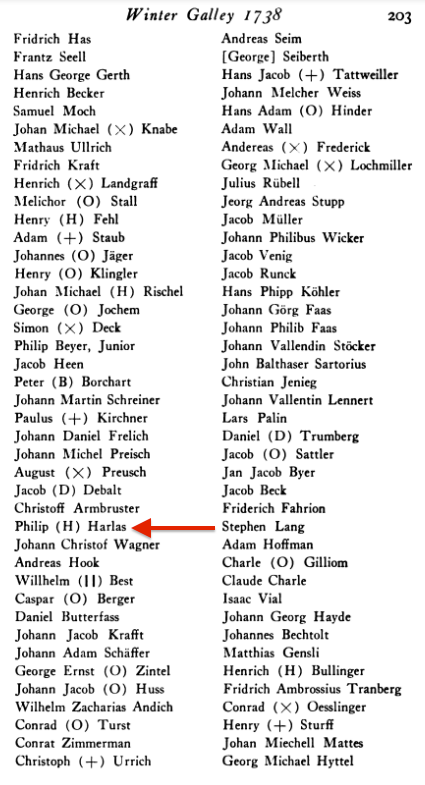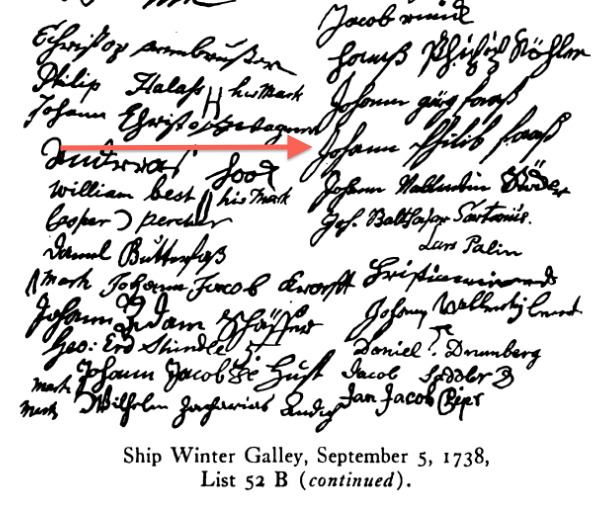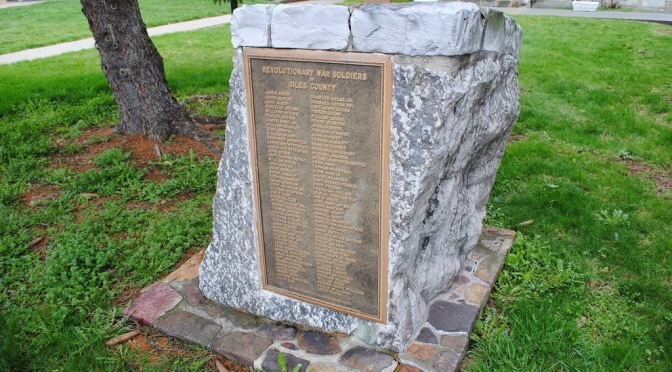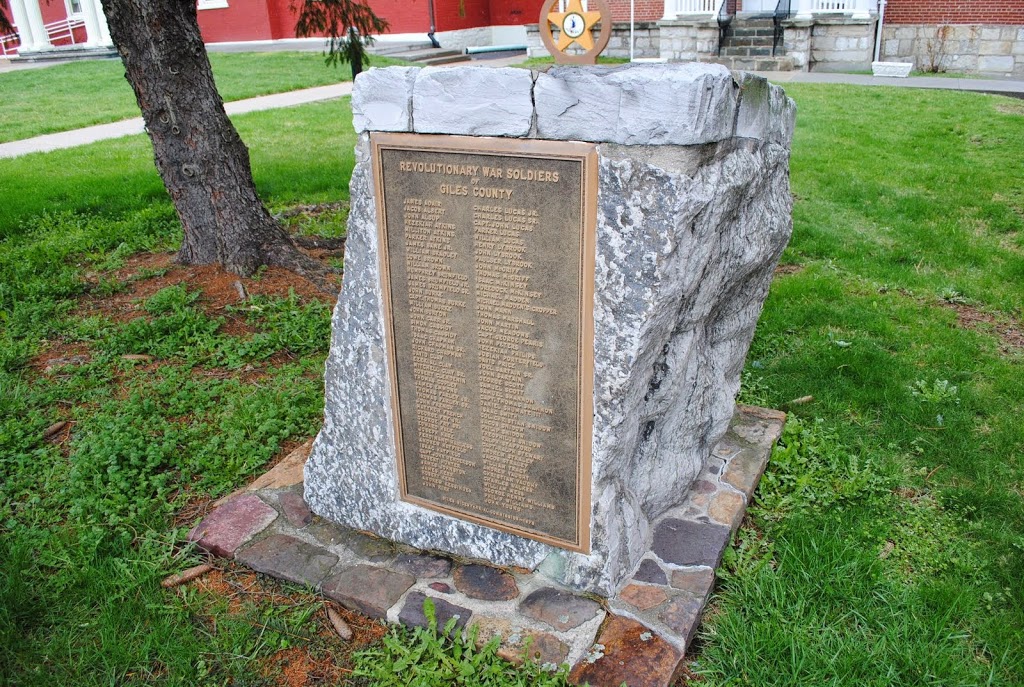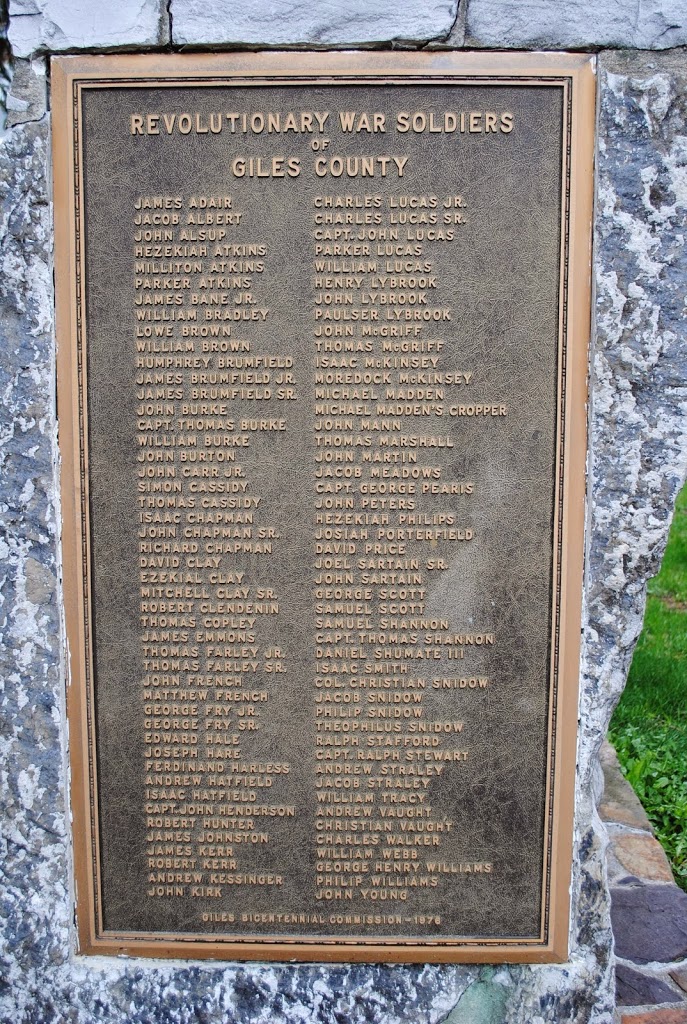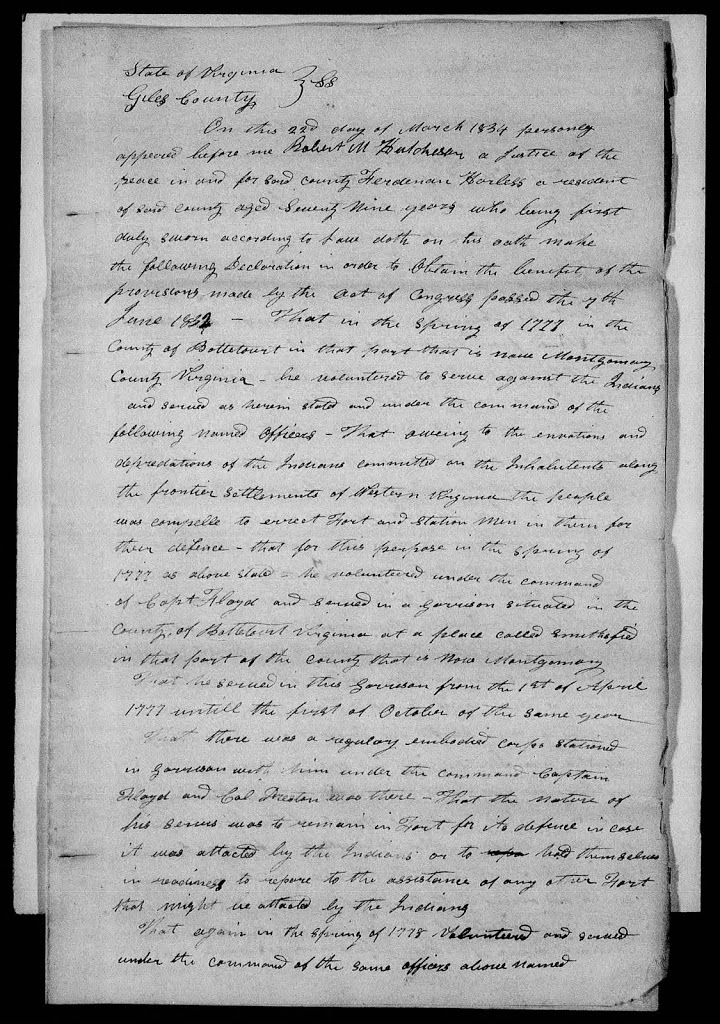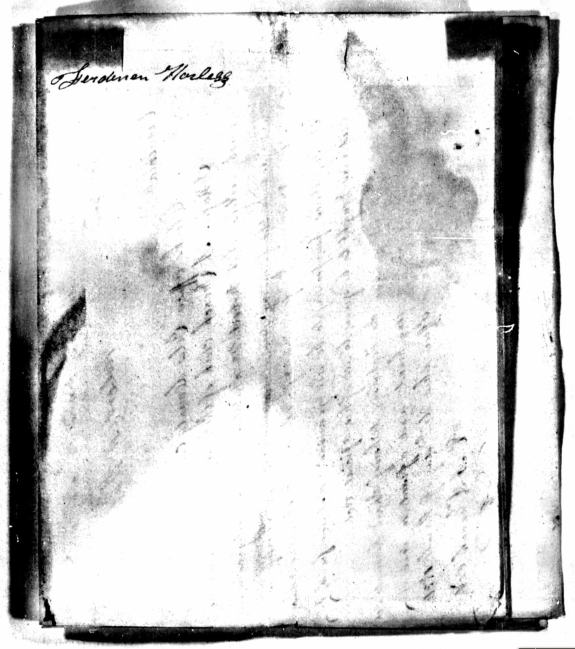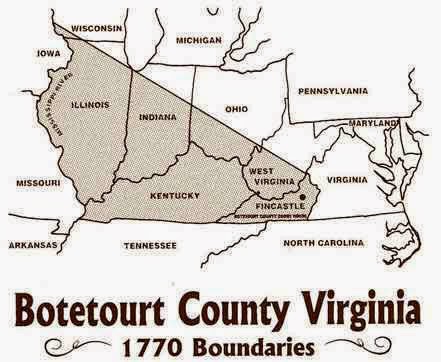My 31st entry in Amy Johnson Crow’s “52 Ancestors in 52 Weeks family history blogging challenge.
The challenge: have one blog post each week devoted to a specific ancestor. It could be a story, a biography, a photograph, an outline of a research problem — anything that focuses on one ancestor.
I have fallen way behind in this challenge again due to continued health issues the last few months, but I am trying to catch up by the end of the year.
My 31st ancestor is my second great grandmother Catherine DARNLEY (1878-1926). Her name is sometimes spelled Katherine or Cathren.
Discovering Catherine
I did not even know the name of my second great grandmother until March 2012, when I discovered the marriage record for her daughter, my great grandmother Sarah KENNEDY (1898-1930), and Sarah’s second husband, my great grandfather Patrick Thomas FLANAGAN (1897-1928). This is also when I first learned the name of my second great grandfather, Catherine’s first husband Joseph KENNEDY (1876-?). You see, Sarah died when her youngest son, my grandfather, was only a few years old. And even then, because Sarah had nursed her tuberculosis-ridden husband Patrick (who died in 1928), and then came down with tuberculosis herself, my grandfather and his minor age siblings had been placed in a couple orphanages while Sarah was still alive since Sarah was too ill to care for her children and could have infected them.
My orphaned grandfather never knew the names of his parents, much less his grandparents.
When I stumbled on Sarah and Patrick’s marriage record, and saw the name of my second great grandmother (Sarah’s mom), I immediately recognized that Sarah named her own first child — Catherine Mae WARD (1914-1994) — after her mother.
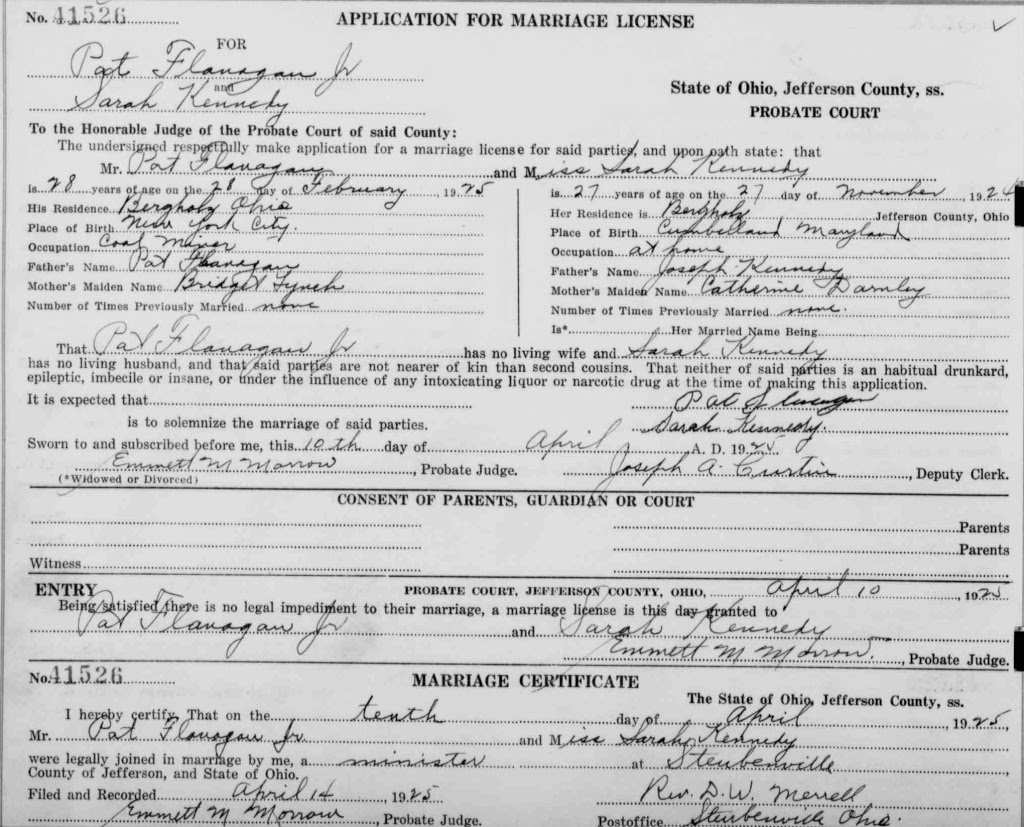
Born 1878
Catherine Darnley was born January 1878 — according to the 1900 and 1920 U.S. Censuses — in Cumberland, Allegany County, Maryland. Her parents were James Patterson DARNLEY (b. 1856) from Scotland, and Sarah Ann LLOYD (b. 1859) from England.
Married Joseph Kennedy 1897
According to the 1900 U.S. Census, Catherine married Joseph Kennedy in 1897 at the age of 19. I have not yet found a marriage record for them. As noted in a post I wrote in January, I find Joseph and their one year old infant daughter Sarah (my great grandmother) living in Lonaconing, Allegany County, Maryland for that 1900 Census. Although Joseph claims to still be married to Catherine, she is not listed as living at that residence. Catherine was actually living with her parents and siblings when enumerated on the 1900 Census, in Lonaconing. Catherine too is recorded as being married for 4 years, with one living child. I have no idea if Catherine and Joseph were separated at this time, or perhaps Catherine moved in with her parents temporarily to help care for an ailing parent (there were a bunch of young minor siblings in the home).
I do not know if Catherine and Kennedy divorced, or if he died and left her a widow.


Married Andrew Quinn ca. 1905
Catherine married her second husband around 1905 or 1906, because I find a son named Andrew Quinn mentioned on Catherine’s death certificate, as the person who reported her death. This son Andrew’s 1929 Pennsylvania marriage record lists his mother as Catherine Darnley (born in Maryland, white, dead by this time) and his father as Andrew QUINN (born in Ireland, white, dead by this time). Since Andrew, Jr. was born in 1906, in Oklahoma, one can infer that his parents married on or before 1906.
I find no marriage record for Catherine and Andrew, nor a 1910 U.S. Census record. The application for Catherine’s third marriage indicates that she had been widowed by Quinn.
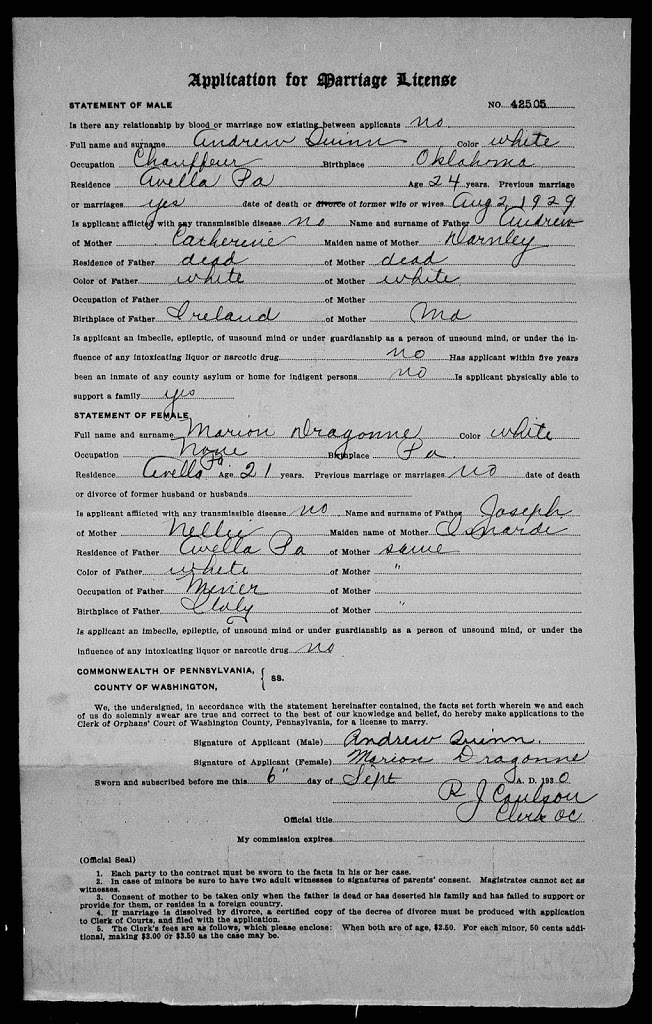
Married Leonard L. Fabry 1911
On 12 September 1911, Catherine Darnley married her third husband Leonard L. FABRY (1877-?) in Bellaire, Belmont County, Ohio. Catherine again moved at some point, from Oklahoma to Bellaire, Ohio. It would appear her daughter Sarah moved with her, because Sarah (at age 14!) got married for the first time, in Mahoning County, Ohio. I don’t find any clues indicating that Catherine and Leonard had children together.
Although they do not appear to have had children together, I get the sense that Catherine’s daughter Sarah (my great grandmother) considered Fabry to be a father. Because Sarah named her third son Leonard, the same first name as her stepfather. But, perhaps that is just coincidence. I prefer to think the name was in honor of Sarah’s stepfather though because 1) I am a stepmom, and 2) Sarah seems to have had an unstable childhood being bounced around between parents and stepfathers, so I would like to think that my great grandmother Sarah finally felt like she had someone who provided her with a sense of home.
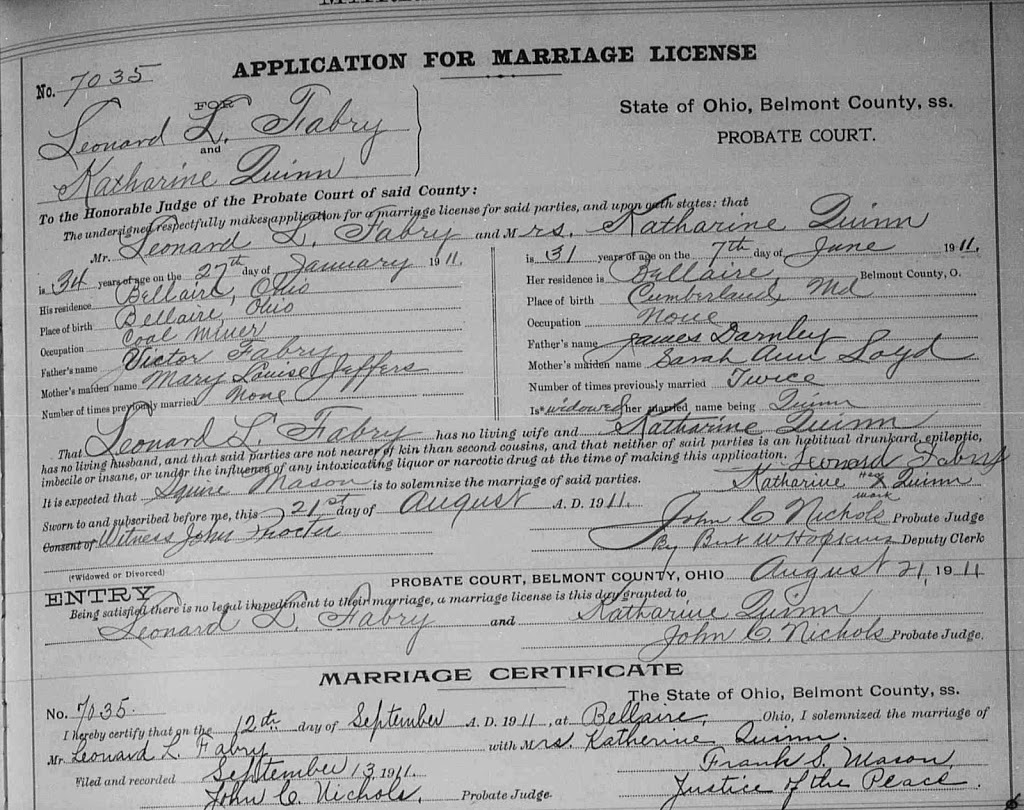
Died 1926
Catherine died 27 January 1926 in Bellaire, Belmont County, Ohio. The death certificate indicates she was still married to Fabry at the time of her death. Catherine died at home, from something I cannot interpret from the doctor’s writing. Son Andrew reported her death.
She was buried on 28 January 1926 at Rose Hill Cemetery in Bellaire.
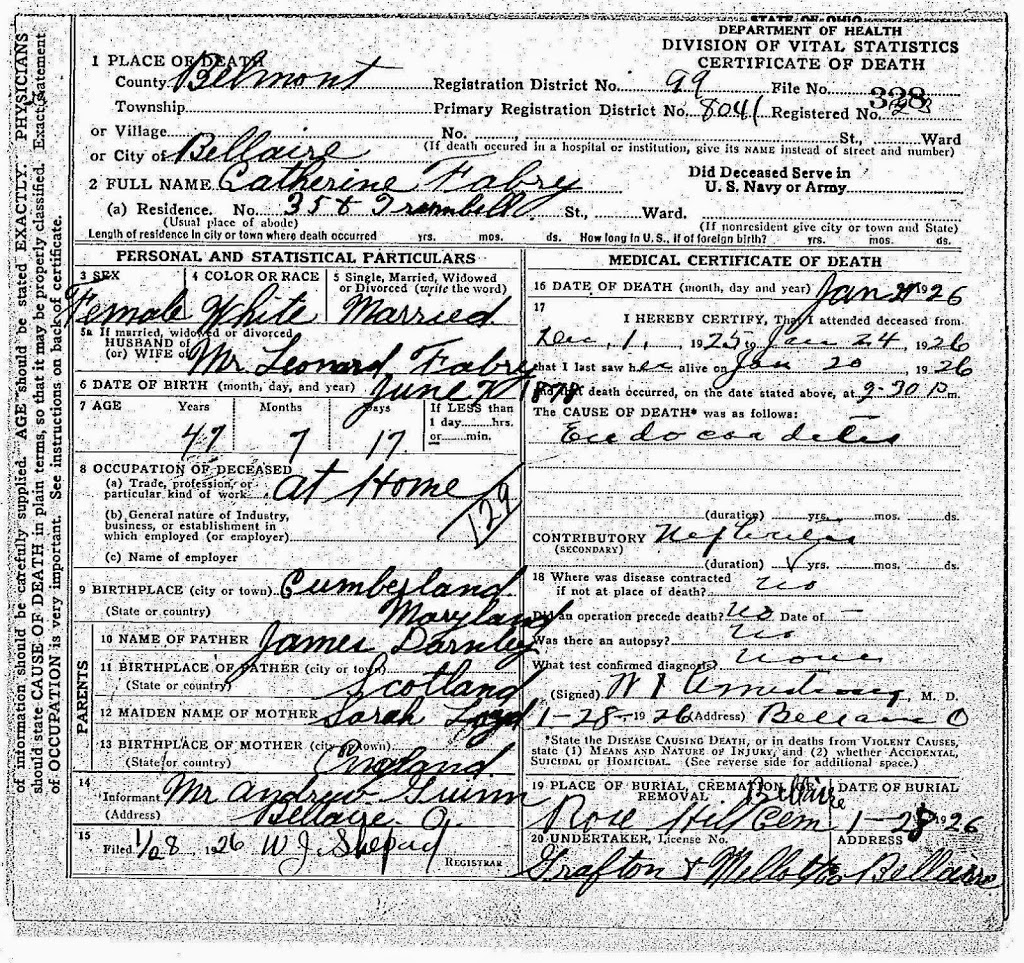
My second great grandmother Catherine Darnley appears to have had at least a complicated history of marriages. I guess it shouldn’t shock me too much to know that her daughter Sarah, my great grandmother, also had some questionable issues with her marriages. See also:
- My Long Lost Great Grandmother Sarah Kennedy, Possibly A Bigamist
- Was Great Grandma Kennedy Having An Affair With Great Grandpa Flanagan?
[contentblock id=11 img=html.png]
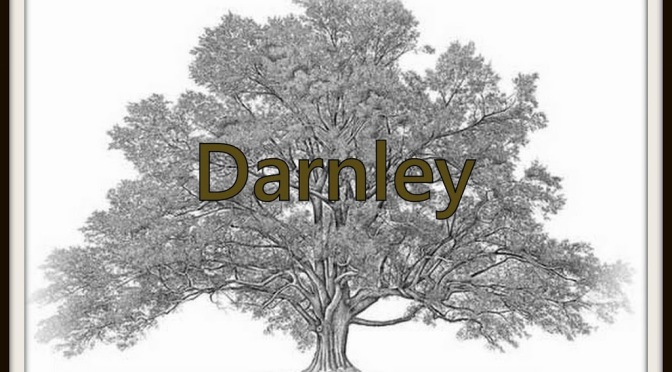
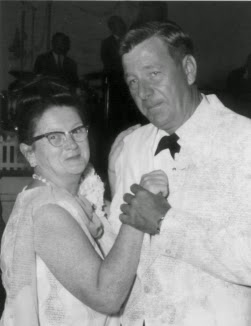
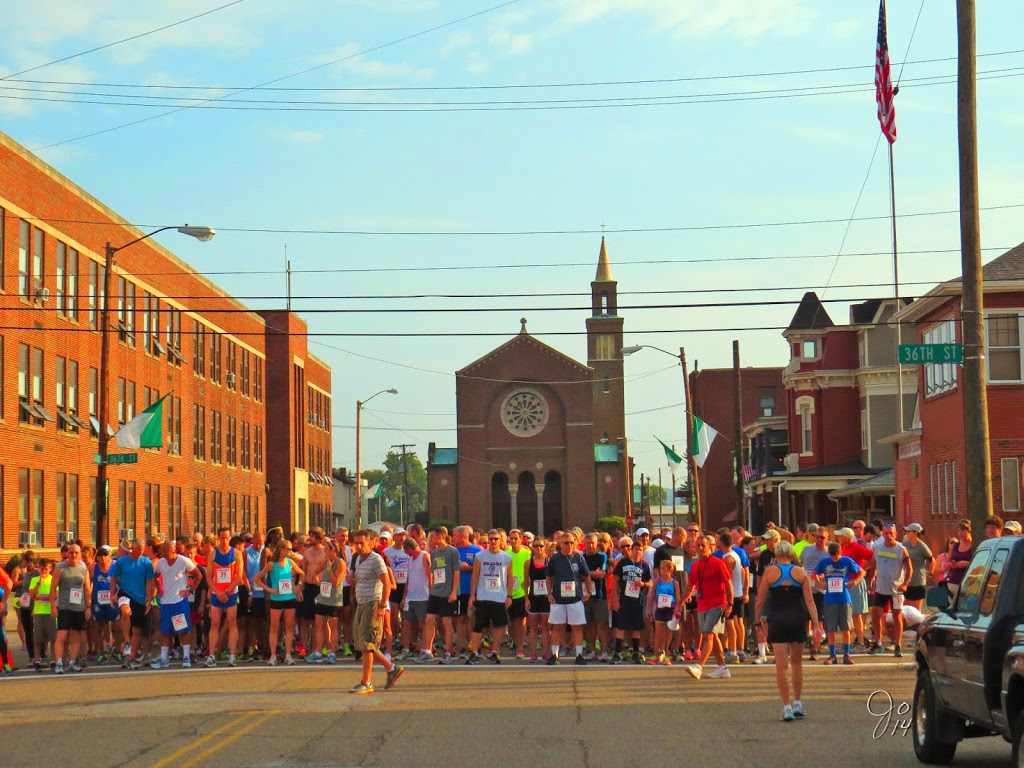
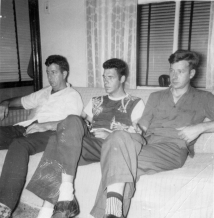
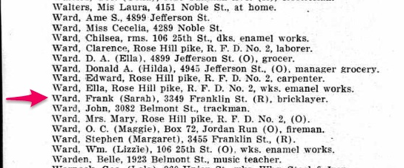
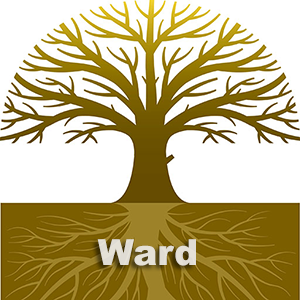 My 29th entry in Amy Johnson Crow’s “
My 29th entry in Amy Johnson Crow’s “